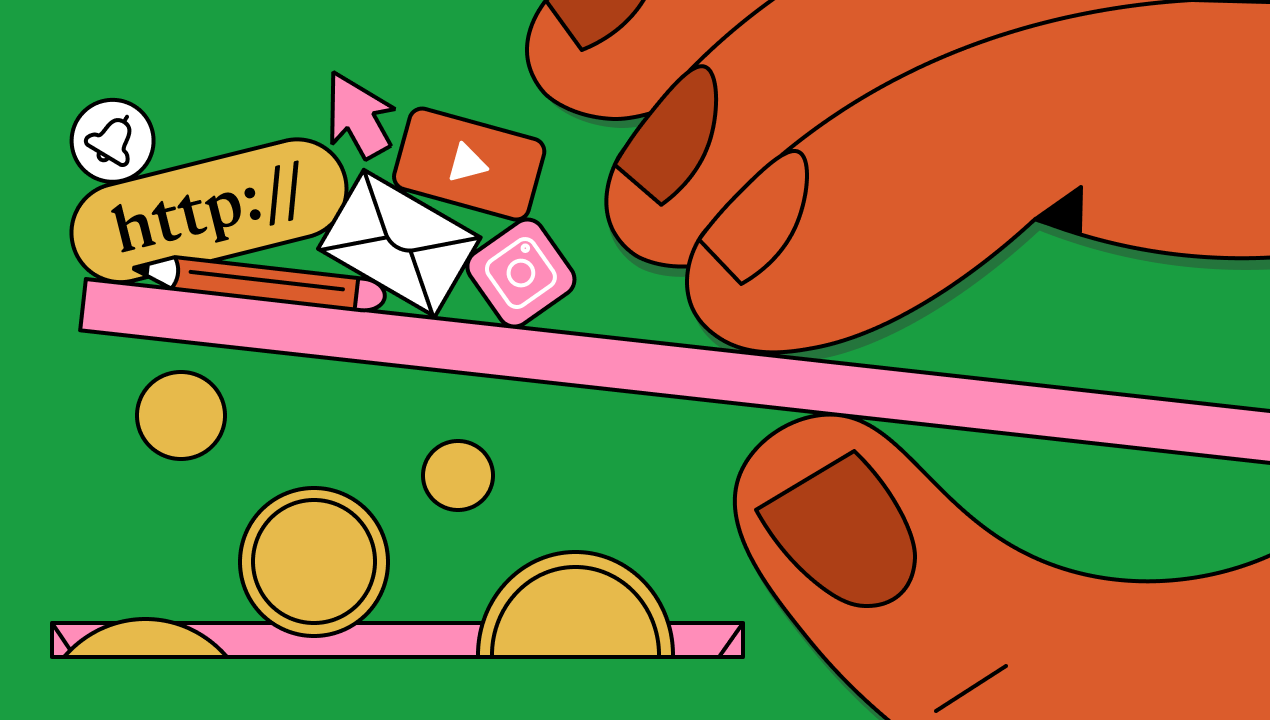Imagine having a platform where you can share your story, connect with your audience, and showcase your brand. All within a reasonable budget. This is the magic of owned media.
Owned channels allow brands to cultivate their identity and engage their customers directly.
We will explore the core of owned media examples and show you the full potential of a solid owned media strategy.
- What is owned media?
- Types of owned media
- Pros, challenges and limitations of owned media
- 7 steps to develop your owned media strategy
- Examples of using owned media effectively
- Key performance indicators and metrics for measuring owned media success
To take real advantage of your owned media, start monitoring every key mention.
What is owned media?
The owned media definition covers digital assets and content that a brand owns, delivers and controls.
Examples of owned media are websites, blogs, social media profiles, and newsletters. Unlike earned or paid media, basically every aspect of owned media (content, messaging, distribution) is controlled by the brand.
Suppose you look at the full set: paid, owned, earned media. Doing so, you may notice that owned media channels give you the biggest level of autonomy and allow you to craft your PR strategy to perfectly align with your brand messaging at a low budget.
Types of owned media
#1 Websites and blogs
A website is like a company’s business card. It’s where people can get to know what the company does, see what it offers, or even learn about its successes. It is like a digital brochure that’s there to show off what's old and new.
On corporate websites, you can find blogs, case studies, and sometimes even special content that becomes accessible after signing up. This gives the brand full control over what people see and experience. It is crucial for building trust and strengthening connections. In the end, getting people to buy what's on offer.
Such content should not only be user-friendly, but also SEO optimized in order to drive traffic to the website.
#2 Email newsletters
Email newsletters are like a direct message from a brand to its fans. This channel can be used to share news, deals, and all the content that customers or clients will find interesting.
Emails are a good way to get people to take action. So they’re a valuable tool for brands. By splitting their audience into different groups, brands can send emails that are more personalized and relevant. Making them more effective.
What about social media channels?
Social media is like a digital conversation. These platforms enable brands to connect directly with their customers, receive feedback, and build a community. Brands can use social media to share news, promotions, and even fan-generated content, fostering a stronger connection with their audience.
👉 Social media falls under the category of shared media. However, each platform has its own rules, and brands must adhere to them. There’s always a risk of account restrictions or even deletion.
However, some social media platforms and messaging apps, like Telegram, offer more freedom, reducing this risk.
👉 On the other hand, when a brand posts on its official accounts, it maintains full control over its messaging—an aspect reminiscent of owned media channels.
And if your community is build on your own website, it is a classic example of an owned media channel.
🟰 In conclusion, social media primarily falls under shared media but also incorporates strong elements of all four media types: paid (e.g., Facebook Ads), owned (your fan page or community in a private group), and earned (engagement on your posts).
Whether you’re using social media, a blog, or other online forums, staying on top of brand conversations is essential. Prowly can assist by monitoring both owned and shared channels, as well as tracking online and offline mentions.
The connection between owned and earned media
The connection between earned and owned media is integral to a brand's marketing strategy. Both types of media complement and enhance each other in various ways.
Owned media, serves as a foundation for generating earned media. You can gain press coverage and organic mentions via social media channels and blog post publications.
Pros, challenges and limitations of owned media
- Pros: Owned media channels enhance control over brand messaging. Moreover, you can build long-term value while keeping focus on direct relationships with your audience. Remember, owned media is publicity gained.
- Challenges: Owned media marketing is time-consuming when it comes to content creation. What is more, there is a need for ongoing optimization.
- Limitations: When you look at a comparison of owned vs earned media, you can see that it can be challenging to achieve immediate reach without leveraging other media channels to amplify your message.
Reasons online brands should focus on owned media
1️⃣ Looking at all three, paid, earned, owned media, cost efficiency speaks for itself.
Owned marketing channels require minimal ongoing costs compared to paid media. Brands can create and distribute content with no additional expenses as opposed to paid media.
2️⃣ The definition of owned media claims that it covers content that the brand can control.
So that is another reason why you should invest. Such autonomy enables you to maintain brand consistency and ensure the narrative is aligned with your brand voice. Unlike earned media, which relies on third-party validation, owned media brands allow you to shape your own stories.
3️⃣ One of the biggest pros of owned media is the publicity gained by these channels.
It facilitates direct interactions and thus boosts the engagement of the community. Done well, it can foster a sense of loyalty and strengthens relationships with brands.
Potential issues and concerns with owned media
Owned media is a great solution when you want to fully control your PR strategy, but there may be some potential issues:
- Content saturation
An investment in owned media increases the volume of content produced. This may lead to saturation. Thus it may be difficult for individual pieces to stand out and bring the results you want. - ROI measurement
It's tough to show how well owned media works. PR teams often struggle to measure how much it helps the brand by getting people interested. And how that, in turn, makes the company money. - Maintaining engagement
It is challenging to keep people entertained and and engaged long term. The various content types available online, the audiences' short attention span – PR pros constantly stride to make it work.
But that doesn’t mean you have no influence over these issues, which are still only potential risks. With the right tools, like Prowly, you can enhance the effectiveness of your owned media strategies.
Prowly's media monitoring tools allow brands to track mentions of their owned media across various platforms. This real-time insight helps brands understand how their content is being received and identify opportunities for engagement or improvement.
👉 You can not only follow online mentions, but those printed and broadcasted as well. Keep your finger on the pulse with what's new across printed publications and react to all mentions accordingly.
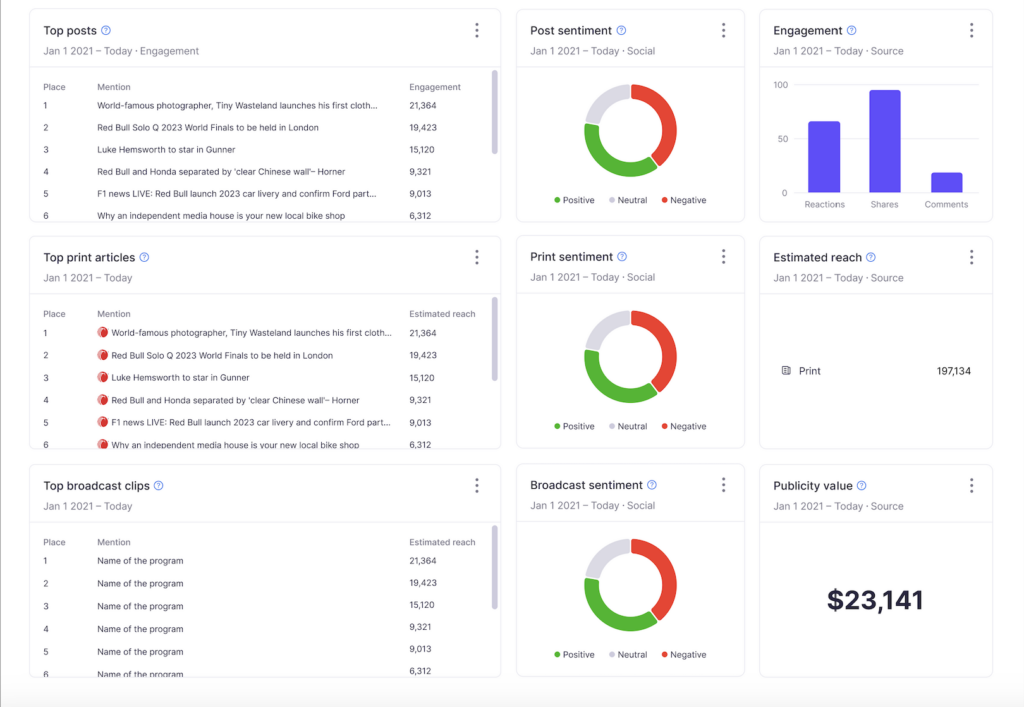
👉 Prowly employs AI to help analyze the sentiment surrounding brand mentions. Thanks to understanding your audience's perceptions, you can refine your content strategies.
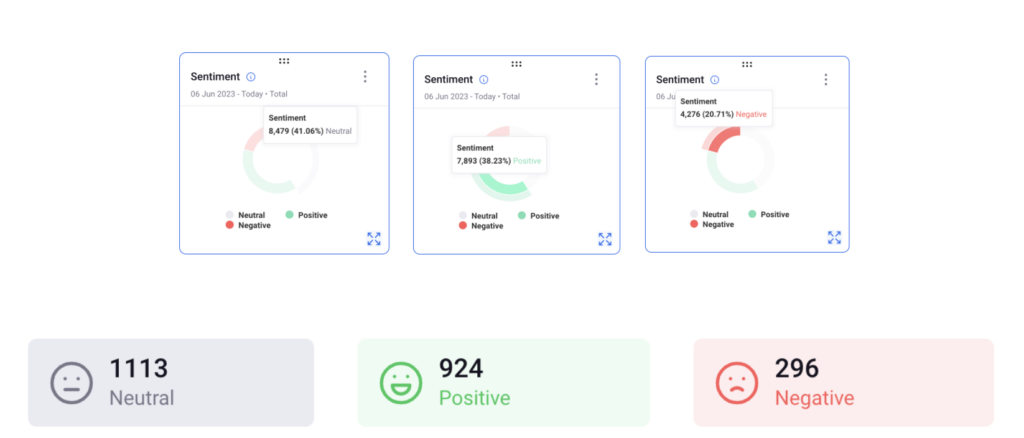
And thus better resonate with your target audience.
And ultimately drive brand engagement.
7 steps to develop your owned media strategy
Now that you've learned the answer to the "What is owned media?" question, it's time to focus on crafting strategy accordingly. Below you can find the seven steps to success.
#1 Set clear objectives
Creating owned media, earned media and paid media strategies always starts with your goals. Define what you want to achieve. Is it to boost brand awareness, increase lead generation, or something else?
P. S. Discover more ideas and inspiration by exploring this guide to brand awareness campaigns, complete with examples to spark your creativity.
#2 Identify your audience
Understand their preferences and what they need. Create personas to tailor your content even more effectively to make it useful and appealing to your target groups.
#3 Develop a content plan
Start with auditing your existing content and identify its strengths and gaps. Craft a strategic plan to overcome its shortcomings. Outline topics, formats and distribution.
#4 Integrate other PR channels
Align your content plan with existing efforts. Use their natural synergy and combine owned, paid and earned media to maximize their effects. Leverage insights from media monitoring tools like Prowly and identify trending topics to maximize cross-channel impact.
#5 Establish KPIs
No matter what strategy you are setting up of earned paid owned media, each type needs defined KPIs. This means measuring traffic, lead generations, conversion rates, etc. Use these to optimized content and improve its performance.
💡 Psst! You can borrow our owned media KPIs—they’re waiting for you at the end of the article.
#6 Leverage media monitoring and analytics
Use Prowly's media monitoring tools to track brand mentions, analyze sentiment, and observe competitors across various online and print channels. Utilize real-time insights to refine your strategies accordingly.
We prepared a whole guide on how to use print media in digital PR (with examples)–make sure to check it out!
#7 Promote your content
To maximize the impact of your owned media, it's crucial to promote and distribute your content strategically. Use social media channels, email newsletters, or guest posts. Utilize effective media pitching and PR outreach to share important stories.
4 examples of using owned media effectively
Coca-Cola’s "Journey" website
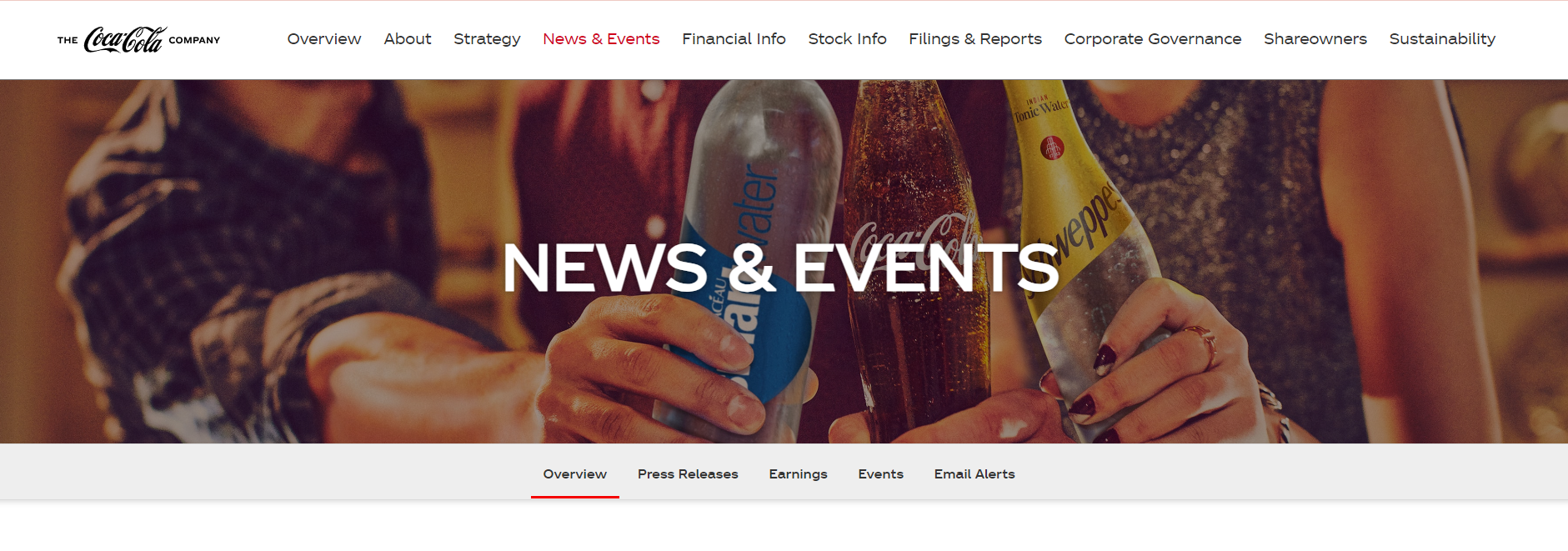
Coca-cola delivers a digital magazine that combines company news, stories, and multimedia content. It is a place where its audience can catch up, engage and enhance brand storytelling.
Glossier’s blog “Into the Gloss”
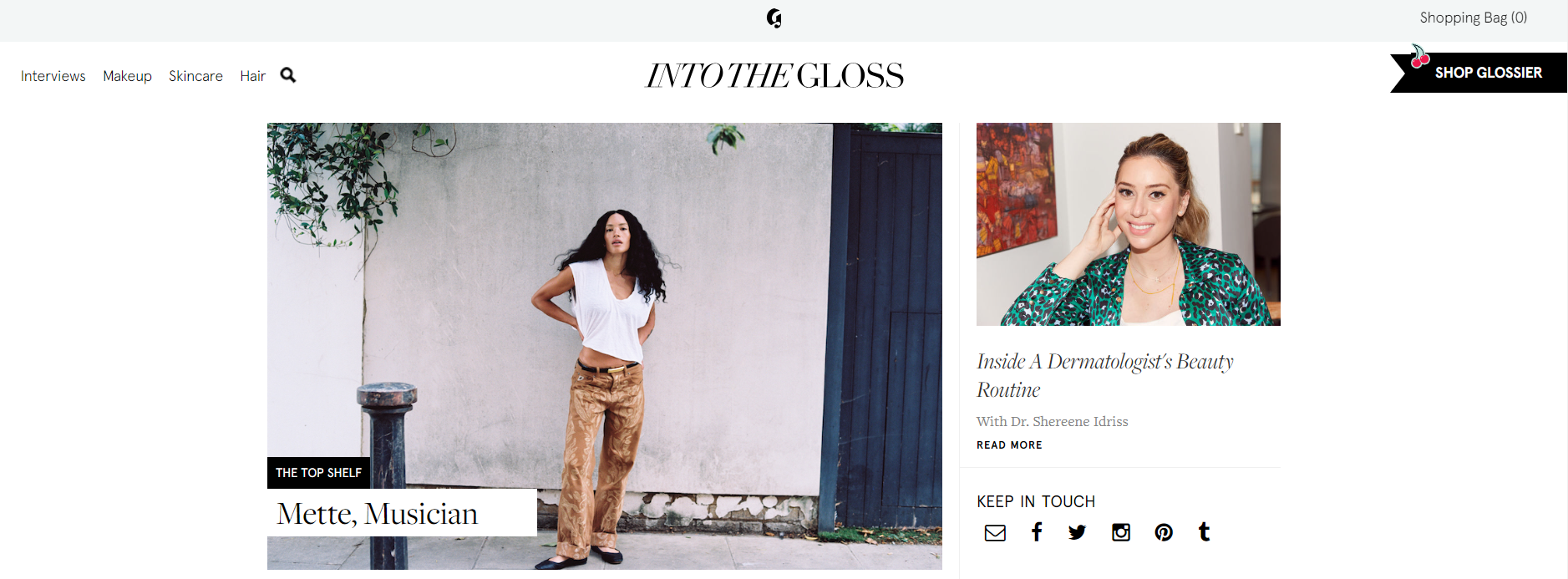
This blog focuses on beauty routines and interviews with influential persons. It aligns content with PR outreach that emphasizes community-driven beauty.
Spotify Wrapped campaign
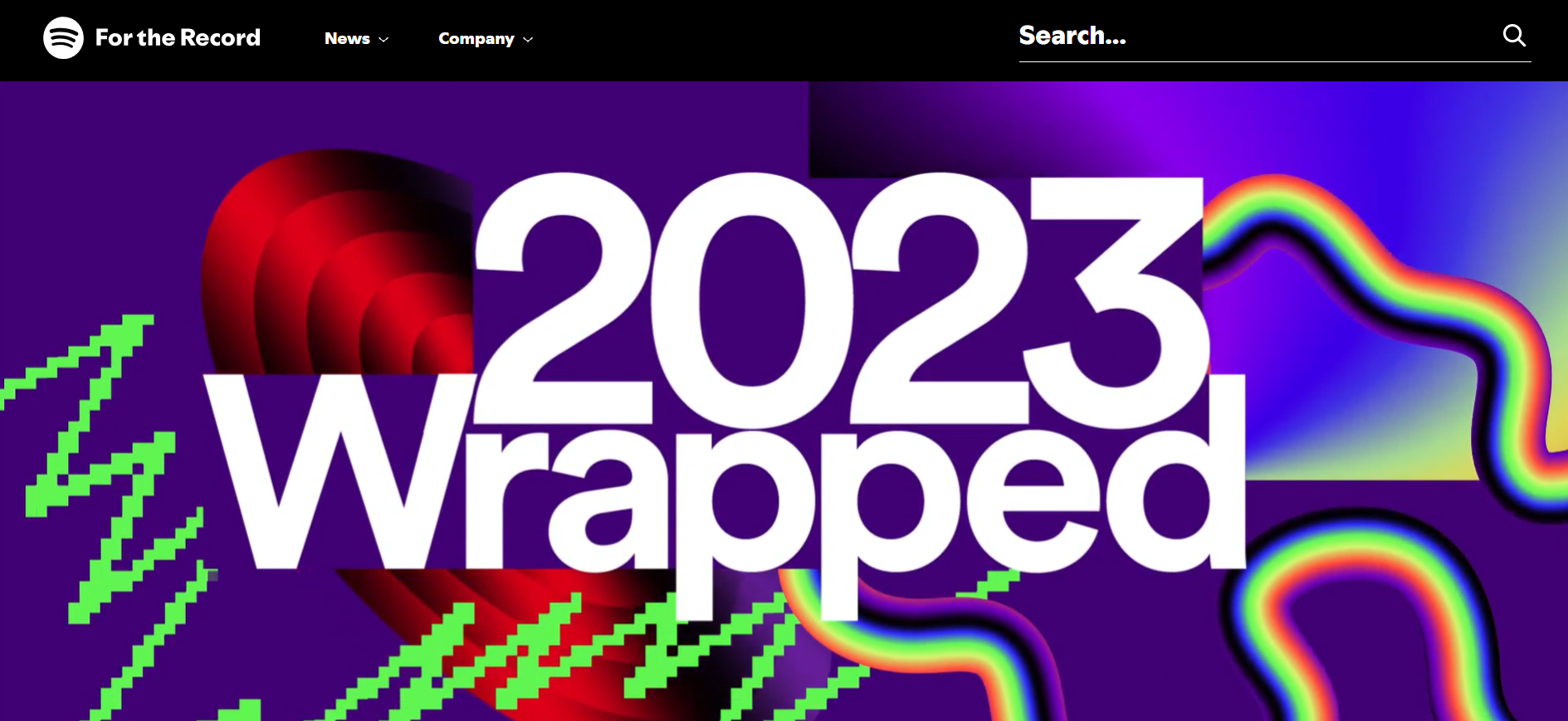
Spotify exemplifies the effective use of owned media vs earned media by creating shareable annual summaries for its users, known as Spotify Wrapped. This strategy not only enhances user engagement but also aligns with PR efforts to secure media coverage.
By utilizing its own data, Spotify generates compelling content that resonates with users, resulting in organic shares and widespread visibility.
HubSpot’s blog and resource center
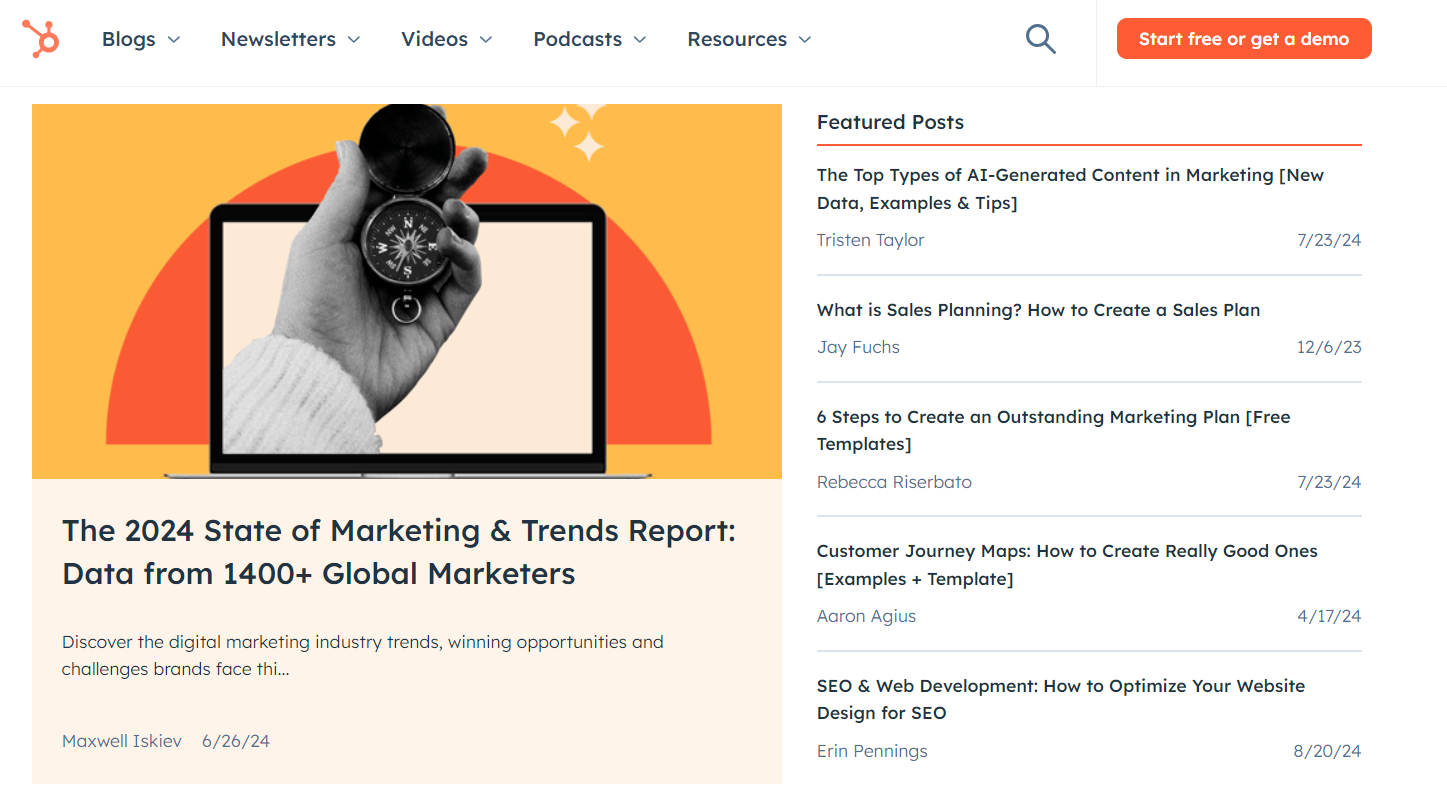
HubSpot is a pioneer of inbound marketing. It provides a comprehensive suite of educational resources and tools to help businesses attract, engage, and delight their target audience. They focus on creating tailored experiences that align with the needs and preferences of potential customers.
KPIs and metrics for measuring owned media success
- Media coverage and mentions: Measure how owned media content leads to mentions and coverage in earned media channels. Compare it to paid media efforts and conclude which efforts give you the best effects. This integrated approach highlights the synergy between owned, paid, earned media, maximizing visibility and enhancing overall marketing success.
- Sentiment analysis: Use media monitoring tools to assess public sentiment regarding your owned content and its influence on brand perception.
- Share of Voice (SOV): Compare your brand's coverage in owned media with competitors to assess PR impact. Adjust your strategy accordingly.
💡 Psst! To dive deeper into PR metrics that actually matter, check out this article that explains what to measure and why (with examples)! Or learn how to measure your brand impact with this brand metrics guide.
To wrap up
In conclusion, leveraging owned media is essential for PR professionals looking to enhance brand visibility and engagement.
Utilizing monitoring software, such as Prowly, allows you to track the effectiveness of your owned content and measure its impact on brand perception. This tool not only helps in understanding public sentiment. It also facilitates strategic decision-making to optimize content and outreach efforts.
And don’t forget to leverage the power of all four key types: paid media, owned media, earned media, and shared media.
